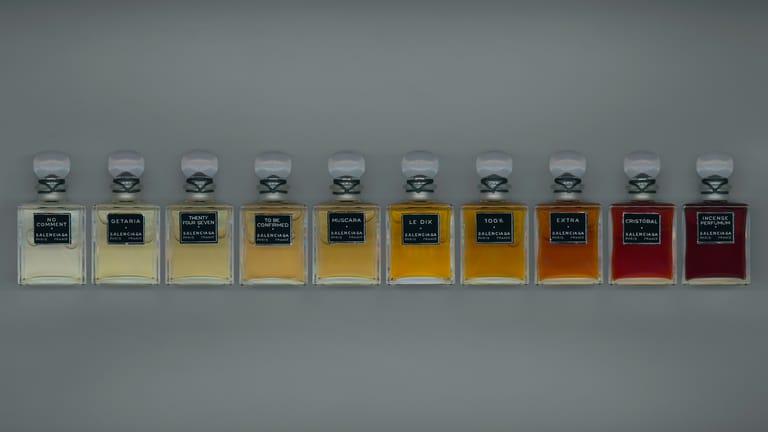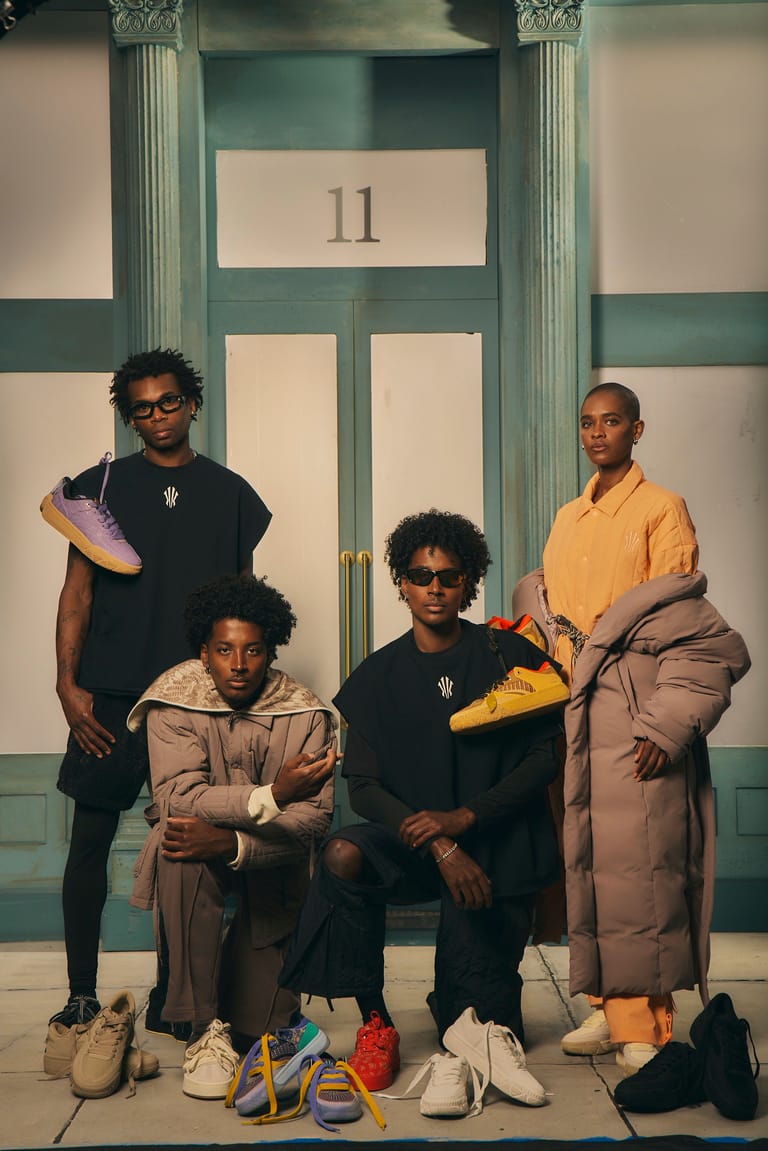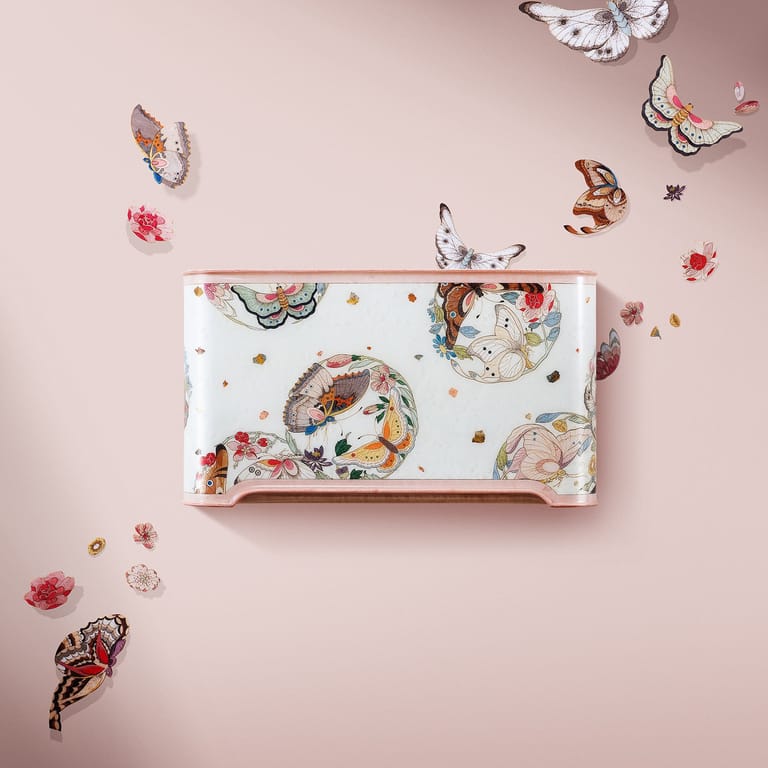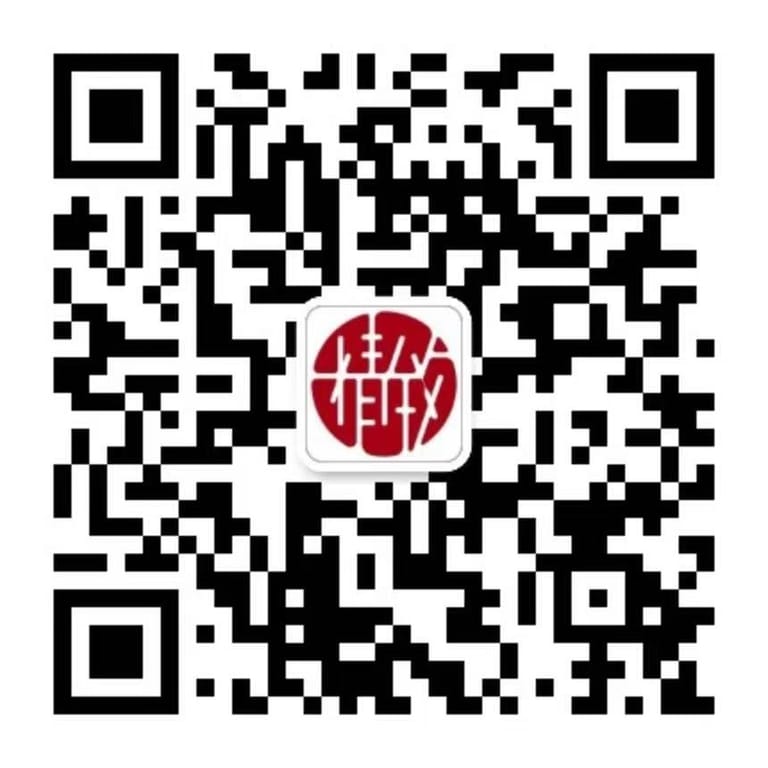How Woolmark is Shaping the Wool Ecosystem in China
By
Huiyan Chen

Published on
May 13, 2025

As sustainability shifts from industry buzzword to baseline expectation, the fashion supply chain is undergoing a fundamental rethink. Once relegated to back-end logistics, supply chain strategy is now shaping everything from product innovation to brand positioning and consumer engagement.
These changes may be subtle on the surface, but they are radically altering how brands view raw materials. No longer just inputs, materials are emerging as strategic assets: think tools for storytelling, pillars of corporate responsibility, and increasingly, touchpoints for cultural relevance.
Amid the accelerating globalization of fashion production, China has become a critical stage for these transformations. Here, foreign raw material suppliers are no longer merely exporters; rather, they are evolving into long-term collaborators, embedded within domestic systems of design, manufacturing, and education.
Against this backdrop, one name stands out for its quietly influential role in reshaping how raw materials integrate with China’s fashion economy: The Woolmark Company. As one of the industry’s most longstanding advocates for quality, traceability, and sustainability, the not-for-profit has moved well beyond its origins as a certification mark. In China, it has evolved into a deeply embedded collaborator—working across sourcing, education, and consumer engagement to redefine how Australian wool fits into the future of Chinese fashion.
Building Supply Chain Awareness, Together
In April, Woolmark spearheaded a ten-day industry expedition to Australia, bringing together a cohort of Chinese wool sector representatives, including the China Wool Textile Association, the Nanjing Wool Market, and the Zhangjiagang Industry Association, along with young leaders from companies such as Sunshine Group, Xinao Group, eco-friendly fashion retailer ICICLE, and Uniqlo.
The group visited wool farms in New South Wales, the Sydney Royal Easter Show, the Victoria Wool Auction Centre, the Australian Wool Testing Authority, and the Wool Museum. The visit offered a full-spectrum look of the supply chainsurrounding wool, from pasture to product, highlighting the traceability and sustainability potential of Australian wool.

“Technological breakthroughs are key in the short term, but in the long run, we need to master the entire value chain from pasture to runway,” said Wang Enqing, Director of Fine Wool R&D at Nanshan Zhishang, who attended the trip.
Woolmark’s involvement in China’s wool industry goes far beyond trade. Since 2013, it has collaborated with Nanshan to establish a Wool Innovation Center, partnered with Xinao in 2016 to launch a knitwear R&D base, and in 2022 initiated a wool traceability program with ICICLE that allows for full-process tracking from Australian farms to Chinese stores. At its core, Woolmark is committed to co-building capabilities, not just delivering product.
Equally, Woolmark is also encouraging Australian stakeholders to deepen their understanding of the Chinese market. In 2024, the organization facilitated visits by Australian wool growers and young professionals to key Chinese factories and trade forums, an exchange that brought both countries from opposite ends of the supply chain together.
Reframing the Wool Story for the Chinese Consumer
Woolmark’s role in China extends beyond the industry. It has also made deliberate moves to reshape consumer perception of wool, taking on the challenge of reintroducing it as a premium, sustainable, and everyday material.
“Each fall and winter, Woolmark runs major campaigns to boost public understanding of wool as a high-quality natural fiber,” said Jeff Ma, Marketing EVP, Greater China & Developing Markets Asia, The Woolmark Company. Since 2018, the company has partnered with Tmall to launch “Wool Super Category Day,” a digital initiative that blends product access with educational storytelling.

“Consumers not only have easier access to wool products, but also gain a clearer picture of wool’s benefits, especially its sustainability and environmental credentials,” Ma added. In the 2024 edition, daily sales of wool pieces like cardigans and sweaters rose by 150 percent, and page views surpassed 267 million, driven in part by celebrity ambassador Charmaine Sheh.
Through a blend of content marketing, celebrity partnerships, and accessible education, Woolmark is rewriting the outdated narrative of wool as heavy, expensive, and seasonal. Instead, it repositions wool by its naturalness, daily wearability, and sustainability, providing brands a stronger foundation for consumer storytelling.
From Supply Chain to Curriculum: Investing in Knowledge
Woolmark’s strategy also includes a long-term commitment to education, aiming to embed wool within China’s design culture at its roots. In 2018, it co-established the Wool Education Center with Donghua University in Shanghai to provide teaching, research, and experimentation for designers, engineers, and corporate R&D teams alike.
Its parallel initiative, the Wool Learning Center, offers an open-access Chinese-language curriculum for students and textile professionals, lowering entry barriers and broadening industry engagement. Woolmark has also co-hosted programs like the Merino Wool Lecture Series and Emerging Designer Awards at China Graduate Fashion Week, further cementing its influence in education.
Unlike seasonal campaigns, education acts as infrastructure—a long-term investment that cultivates talent and shapes how future designers think about material choices, particularly regarding sustainable design.
As John Williams, Australia’s Consul General in Shanghai, aptly summarized: “Australia is proud to be the world’s largest wool producer and exporter. China is the biggest consumer of wool and a global leader in wool processing and wool fashion and textiles. It’s a partnership that continues to grow and a partnership that both countries can be proud of.”
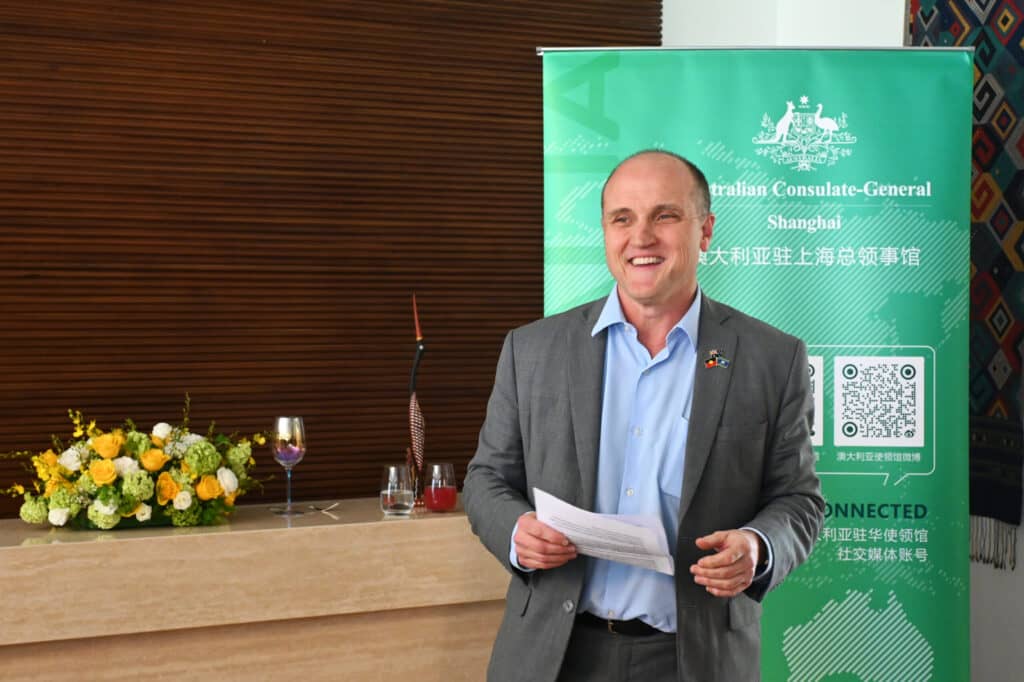
Woolmark’s China strategy offers a compelling template for resilient global partnerships in the fashion sector. Through its integrated approach—centered on education, connection, and inspiration—it is not merely a supplier, but a co-architect of China’s sustainable fashion narrative. It demonstrates what it means to be an active participant in the next chapter of fashion: where raw materials are cultural assets, and supply chains are storytelling channels.








